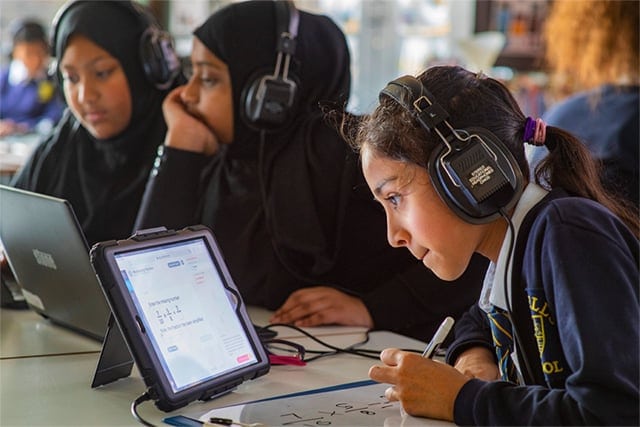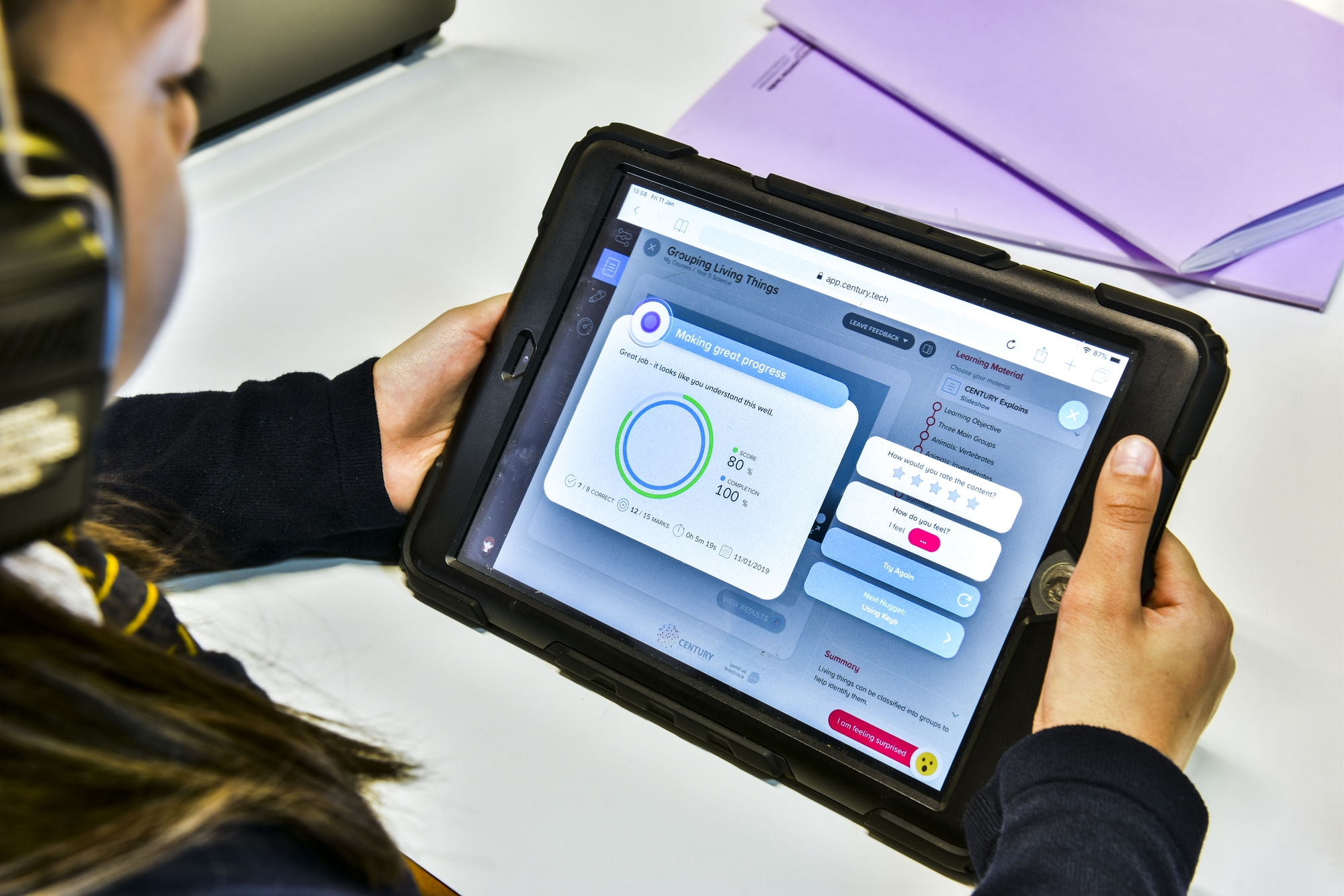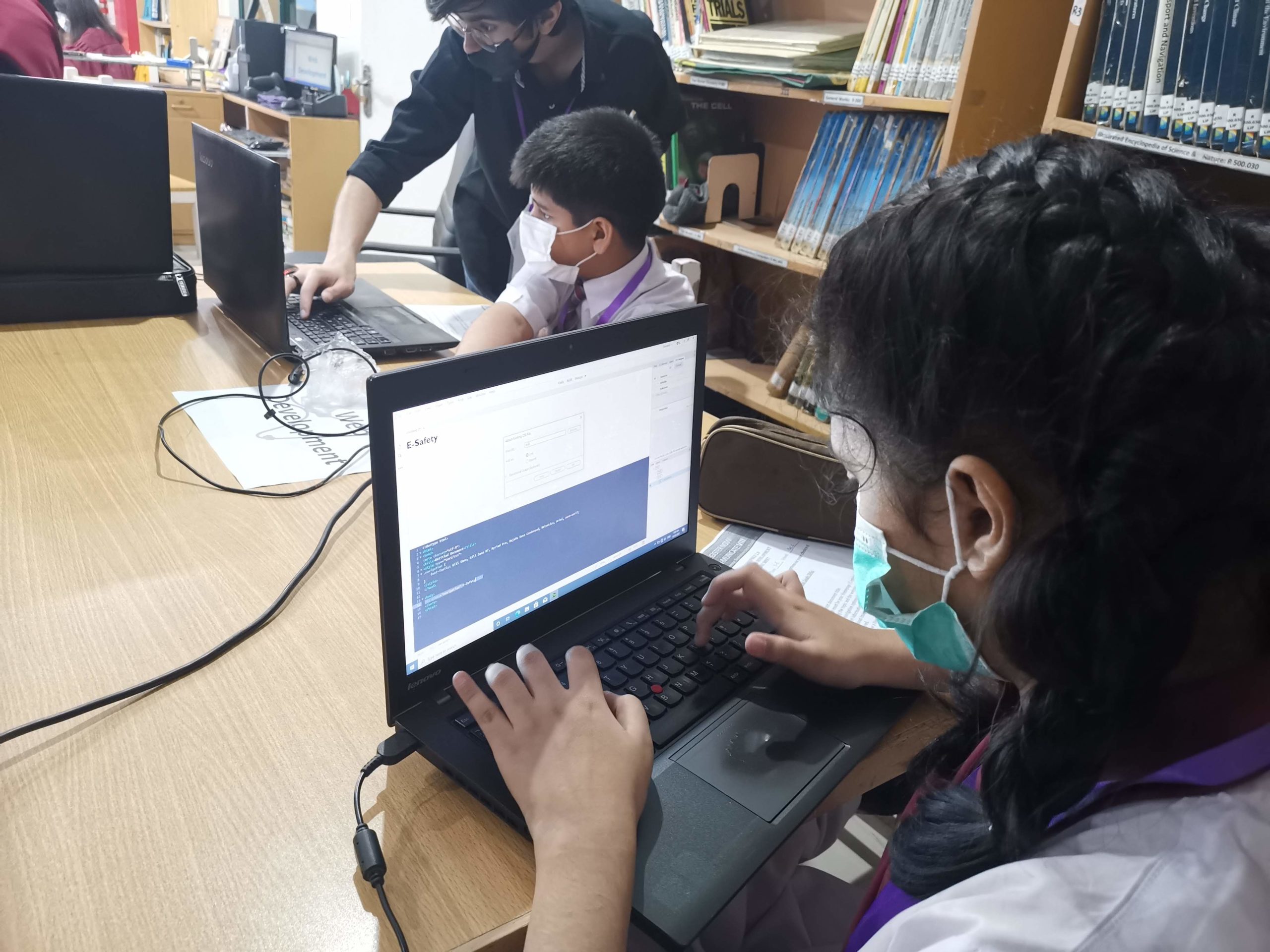Estimated reading time: 9 minutes
The prominence of screen-based devices in our lives has long been a concern. Even before the pandemic, the average British adult spent more time staring at a screen than they did sleeping. This has only been exacerbated over the last year – in the midst of the first British lockdown, people spent 40% of their day watching TV or online streaming services, one third more than before.
Some are now questioning whether digital technology is undermining the wellbeing of young people. As these concerns are only likely to increase as we progress towards a future even more influenced by technology, it’s important to look at what the evidence says.
The evidence on screen time
Research suggests that not all screen usage is equal – and that the controlled use of digital technology can be highly beneficial to young people’s education and development. The focus, therefore, should be on ensuring young people are spending as much of their healthy quota of screen time on the technology that is beneficial to them.
With the growing reliance on technology, managing healthy screen time is increasingly challenging. This is true both at home and at school – one teacher auditing his pupil’s screen usage discovered they were using tablets for up to 19 hours a day. So, how can adults and children strike the right balance of screen time with other important activities, and integrate digital technology in their daily routines in a healthy way?
Digital technology is a link to the wider world, and screen based activities can be incredibly beneficial, with UNICEF recognising they can help children develop creativity, imagination, self-confidence, and self-efficacy. Nevertheless, concerns about the impact of excessive screen time remain. While few of the alarmist news headlines are backed up by conclusive research, some evidence exists to support a correlation between excessive screen time and deteriorations in well-being. The most well-evidenced risks of excessive screen time are eye strain, worse sleep, and the wealth of complications of being too sedentary.
But not all screen time is equal – the real issue is what is being done on the screen
It is important to note that most research predominantly focuses on recreational technologies, like TV. As with all research, we must be careful not to extrapolate limited findings into generalisations – what is true of sitting in front of a TV for hours is highly unlikely to be true of using well-designed, educational apps in a limited way.
Not all screen time is equal. There are fundamental differences between the different types of screen use, with fundamentally different impacts on the wellbeing of users. Research suggests that passive screen time, such as watching TV, has a greater negative impact on educational attainment outcomes compared to other types of screen time. In comparison, educational screen time has been shown to have an overall net positive impact on children’s learning and grades because it’s adaptive, interactive, and engages the learner. Additionally, a recent study found that children who spent one to two hours a day using digital devices had higher levels of social and emotional well-being compared to those who reported no screen time.
Current research indicates that other aspects of digital engagement, including what is on the screen and how caregivers moderate their use, are more important considerations than time spent on screens. Dr Max Davie, a consultant at the Royal College of Paediatrics and Child Health, says he hopes the pandemic means we stop talking about counting screentime and rather “start talking about the quality of interaction and whether a child is getting enough exercise, sleep and positive interactions ”.
Government advice on the matter is minimal. The UK’s Chief Medical Officers have stated there is not sufficient evidence available yet to produce guidelines on optimal amounts of screen time. Enough evidence, however, exists for them to suggest leaving phones outside of bedrooms at bedtime, encouraging screen free mealtimes, taking regular breaks from screens, and talking with children about what they are looking at online.
More attention should be paid to what young people do online and the content they encounter – what is on the screen matters. Moreover, the activities being missed due to screen time also matter. Managing healthy screen time is not about setting a general time ban on digital devices; it is about creating a healthy routine, ensuring the individual is eating well, getting enough exercise, sleep and social interaction. Research into the root physical and social problems associated with excessive screen time suggest that screen time alone is not sufficient for these issues to arise. The brain and body need sufficient sleep, exercise, sunlight and social interactions for healthy development. With an established healthy routine, the negative impacts associated with excessive screen time should not be an issue.
The relationship between screen time and deteriorations in wellbeing are correlational; there is little evidence to suggest one factor causes the other. A new University of Oxford study of more than 430,000 10 to 15-year-olds reinforces that no causal link between technology use and mental-health problems can be made, finding "little association" between the two.
The physical and social issues that may arise from excessive screen time are arguably due to the displacement of positive or health-promoting activities. Research suggests that the relationship between screen time and negative consequences, such as obesity and lack of sleep, is moderated by the level at which an individual will take up or avoid other activities; therefore, an individual can negate the deteriorations in well being associated with excessive screen time if they also incorporate healthy activities into their day, like regular exercise.
For how long should children use CENTURY?
Nearly every school using CENTURY’s technology uses it in a different way, and for different lengths of time in the week. But as a general guide, we recommend that primary school learners use the educational platform for at least twenty minutes per subject per week, and that secondary school learners use it for one hour per subject per week. We recommend an upper limit of two hours per day.
Managing healthy screen time is a challenge in an increasingly digital world. But young people can benefit from digital technology’s potential to transform learning for the better while avoiding the risks of overusing screens by establishing a routine that incorporates healthy activities necessary for their physical and social development, and participating in regular conversations about the content they encounter virtually. Ultimately, instead of becoming fixated on the quantity of screen time, it is more beneficial to consider quality. And the research suggests that the controlled use of quality screen-based learning can be highly useful for a student’s learning and overall development.
Learn more about how CENTURY can support the teaching and learning at your school.







